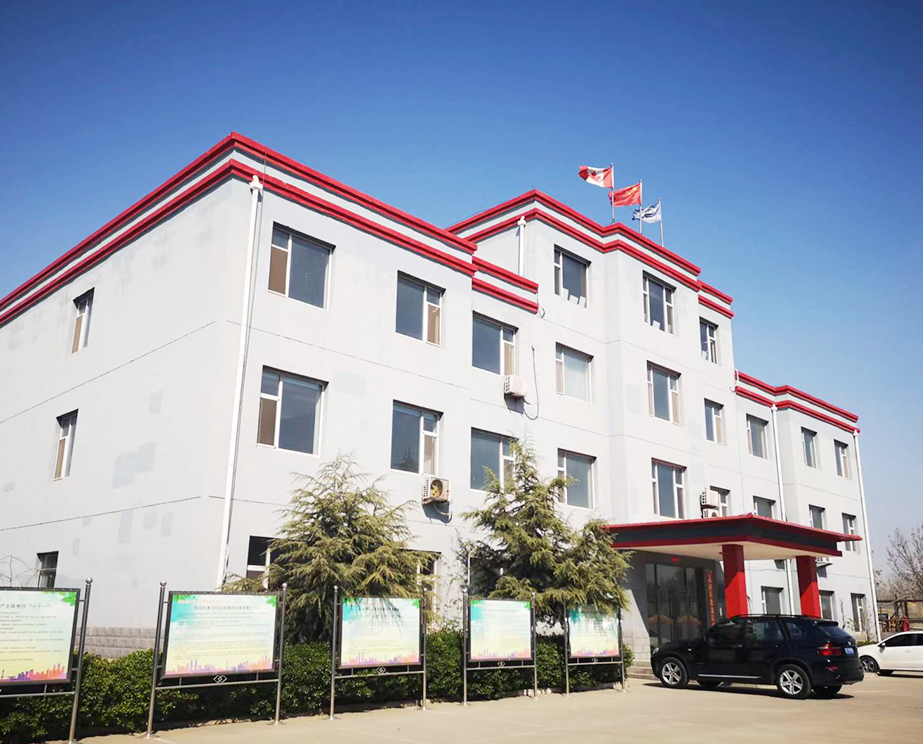- Afrikaans
- Albanian
- Amharic
- Arabic
- Armenian
- Azerbaijani
- Basque
- Belarusian
- Bengali
- Bosnian
- Bulgarian
- Catalan
- Cebuano
- Corsican
- Croatian
- Czech
- Danish
- Dutch
- English
- Esperanto
- Estonian
- Finnish
- French
- Frisian
- Galician
- Georgian
- German
- Greek
- Gujarati
- Haitian Creole
- hausa
- hawaiian
- Hebrew
- Hindi
- Miao
- Hungarian
- Icelandic
- igbo
- Indonesian
- irish
- Italian
- Japanese
- Javanese
- Kannada
- kazakh
- Khmer
- Rwandese
- Korean
- Kurdish
- Kyrgyz
- Lao
- Latin
- Latvian
- Lithuanian
- Luxembourgish
- Macedonian
- Malgashi
- Malay
- Malayalam
- Maltese
- Maori
- Marathi
- Mongolian
- Myanmar
- Nepali
- Norwegian
- Norwegian
- Occitan
- Pashto
- Persian
- Polish
- Portuguese
- Punjabi
- Romanian
- Russian
- Samoan
- Scottish Gaelic
- Serbian
- Sesotho
- Shona
- Sindhi
- Sinhala
- Slovak
- Slovenian
- Somali
- Spanish
- Sundanese
- Swahili
- Swedish
- Tagalog
- Tajik
- Tamil
- Tatar
- Telugu
- Thai
- Turkish
- Turkmen
- Ukrainian
- Urdu
- Uighur
- Uzbek
- Vietnamese
- Welsh
- Bantu
- Yiddish
- Yoruba
- Zulu
Understanding the Importance of Tubing and Casing in Oil and Gas Operations
Tubing and Casing The Backbone of Oil and Gas Wells
In the oil and gas industry, tubing and casing play a critical role in ensuring the safety, efficiency, and productivity of hydrocarbon extraction processes. These components are essential for the construction and operation of wells, and their design, material selection, and installation methods directly influence the performance of a well. Understanding tubing and casing is fundamental for anyone involved in drilling and production operations.
Casing The Structural Support
Casing refers to the series of pipes installed in the borehole, providing structural integrity to the well. After drilling, casing is inserted to prevent the walls of the well from collapsing and to protect groundwater from contamination by hydrocarbons. Casing is available in different sizes and grades, typically made from steel, to withstand the harsh conditions encountered in subsurface environments. The most common types of casing include
1. Surface Casing This is the first casing run into the well and is set at a shallow depth. Its primary purpose is to protect freshwater aquifers from contamination and to provide support for the subsequent drilling.
2. Intermediate Casing Installed after the surface casing, this layer provides additional protection as drilling reaches deeper formations. It also prevents blowouts by containing pressure from formations above the production zone.
3. Production Casing The final casing is set in the well when drilling reaches the target hydrocarbon production zone. This casing is perforated to allow hydrocarbons and fluids to flow into the well.
Casing systems are designed based on specific geological and operational conditions. The selection of casing thickness, grade, and finishing is critical, as these factors determine the casing's ability to handle pressures, corrosive environments, and temperature changes.
Tubing The Conduit for Production
While casing provides structural support, tubing serves as the conduit for hydrocarbon transport from the reservoir to the surface. Tubing is usually smaller in diameter than casing and is installed inside the production casing. Its main roles include
1. Transporting Fluids Tubing delivers oil, gas, and produced water from the reservoir to the surface facilities. The diameter and material of tubing are chosen based on production requirements and expected fluid characteristics.
tubing and casing

2. Controlling Production Various equipment can be incorporated into the tubing string, such as pump systems and safety valves, which enable operators to control the flow rate and ensure the safety of operations.
3. Facilitating Pressure Management Tubing allows for pressure monitoring and management, essential for optimizing production and preventing accidents like blowouts or well failures.
Key Considerations in Design and Installation
When designing and installing tubing and casing, several considerations must be taken into account
1. Material Selection The selection of appropriate materials is crucial for preventing corrosion and ensuring longevity. Common materials include carbon steel and stainless steel, with considerations for various coatings and treatments to enhance performance.
2. Pressure and Temperature Conditions The pressures and temperatures expected in the well should guide decisions related to casing and tubing design. Both elements must be able to withstand extreme conditions without risk of failure.
3. Installation Techniques The methods used for installing casing and tubing can vary. This may include techniques like cementing, which securely bonds the casing to the wellbore and seals any gaps, ensuring well integrity.
4. Regulatory Compliance Adherence to industry regulations and standards is essential. Compliance ensures not only operational efficiency but also environmental protection and the safety of workers.
Conclusion
Tubing and casing are integral components in the lifecycle of oil and gas wells. Their design, selection, and installation require careful consideration and expertise due to their impact on well performance and safety. As the industry evolves with advancements in technology and growing environmental concerns, the importance of effective casing and tubing strategies will continue to be paramount in optimizing hydrocarbon production while safeguarding ecological systems.
-
Tubing Pup Joints: Essential Components for Oil and Gas OperationsNewsJul.10,2025
-
Pup Joints: Essential Components for Reliable Drilling OperationsNewsJul.10,2025
-
Pipe Couplings: Connecting Your World EfficientlyNewsJul.10,2025
-
Mastering Oilfield Operations with Quality Tubing and CasingNewsJul.10,2025
-
High-Quality Casing Couplings for Every NeedNewsJul.10,2025
-
Boost Your Drilling Efficiency with Premium Crossover Tools & Seating NipplesNewsJul.10,2025







